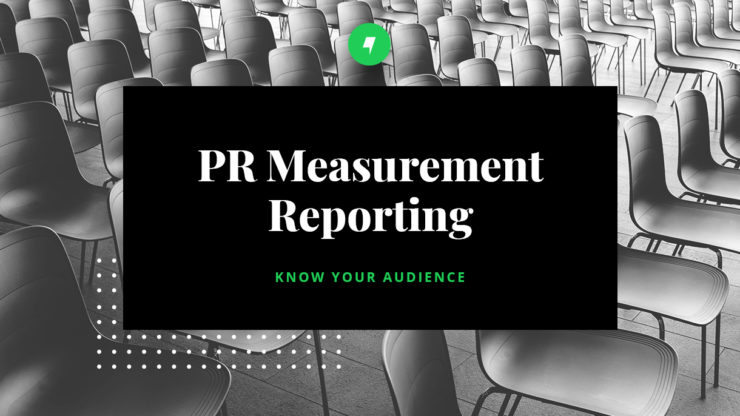Effective PR measurement has been an evolving topic in the industry for years and at times still seems to be an elusive concept for many agencies and PR departments.
At Maven we continue to fine tune our PR measurement reporting as more and more data becomes available and additional software programs are developed for measurement purposes.
One of the biggest hurdles we often face is not in the measurement itself, but rather, the presentation of the results. We may be executing a highly successful PR program, but if we don’t present the outcomes in a way that matters to our audience, it doesn’t matter how great the results.
The best way to ensure the data you want to share is communicated effectively is to know as much as possible about who you’re presenting the data to.
This includes:
- What do they care about?
- Do they respond better to visuals or words?
- Do they have background knowledge about PR?
- How does the data personally/professionally affect them?
Once you have a clear picture of who your audience is, design your measurement report for him or her.
Effective measurement reports should:
- Capture achievements
- Provide actionable insights
- Be visually simple
- Show cause and effect
- Provide ROI
- Defend budget/spend
Here are a few considerations when compiling a PR measurement report:
- Graphs work best when a data comparison over time is relevant
- Some audiences respond better to listed facts at a specific point in time
- There’s always that person who loves a good Excel spreadsheet (you know who you are)
- Pie charts tend to work well for folks who respond best to visuals to tell the story
However you decide to share your PR accomplishments, ensure you know who you’re presenting to first to set yourself up for success.
For additional insights on PR measurement:
Social Media Analytics 101: Impressions and Engagement
Social Media Analytics 101: All About Audience
Photo credit: Jonas Jacobsson
Posted In Measurement
 Jessica Sharp
Jessica Sharp 